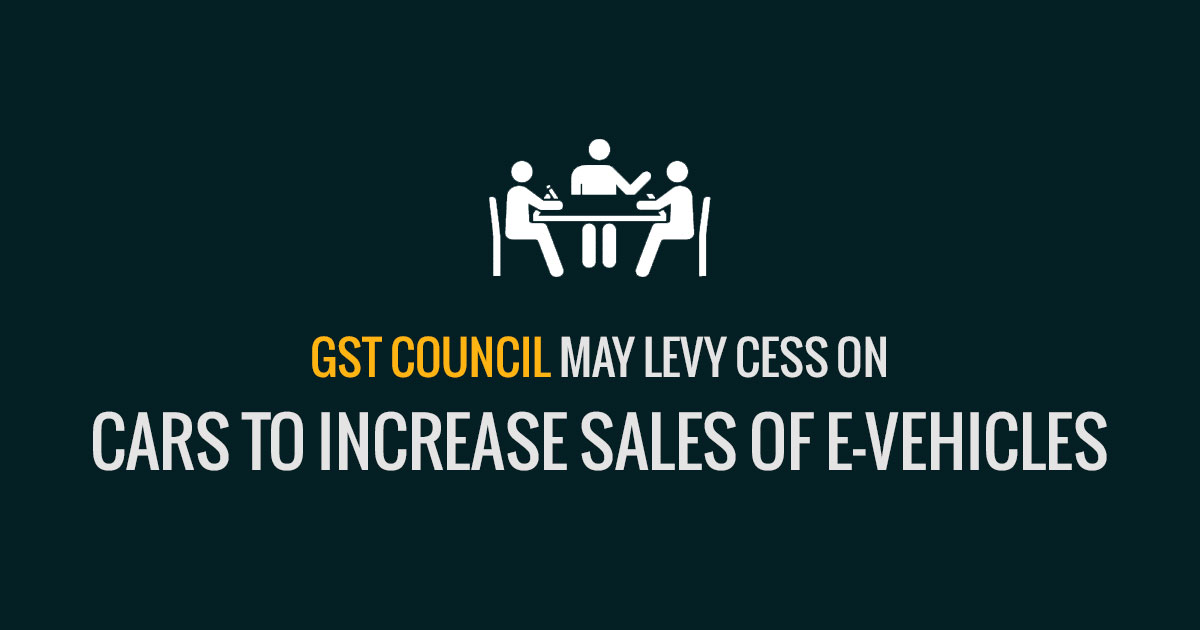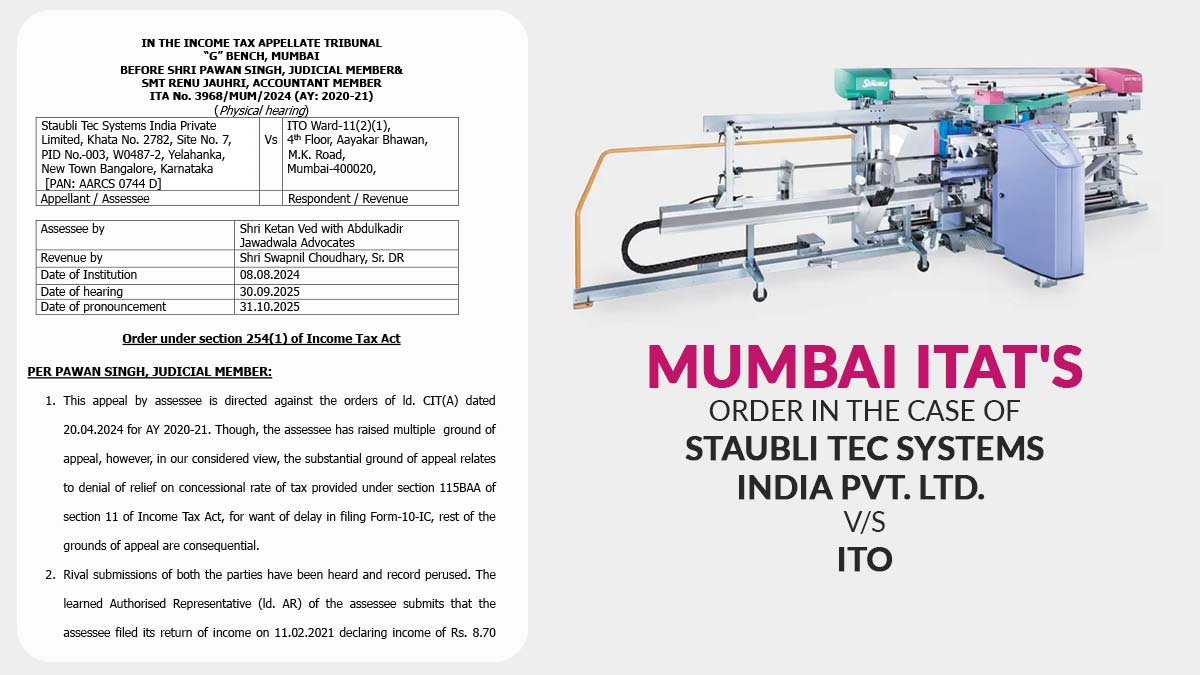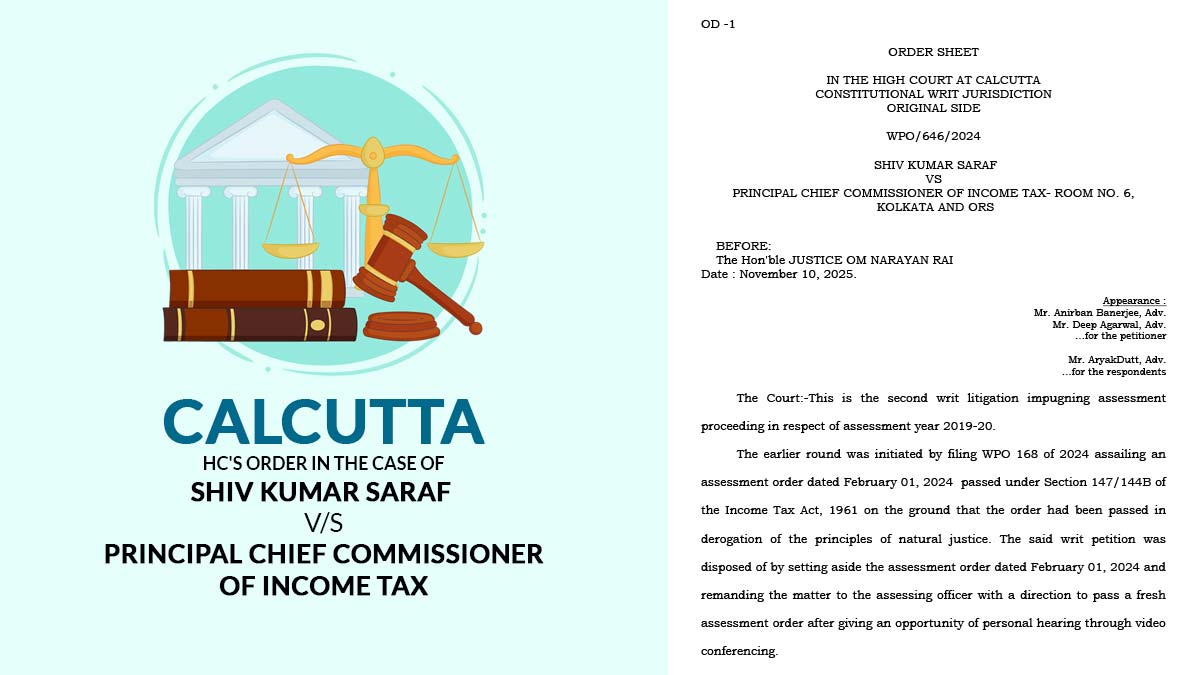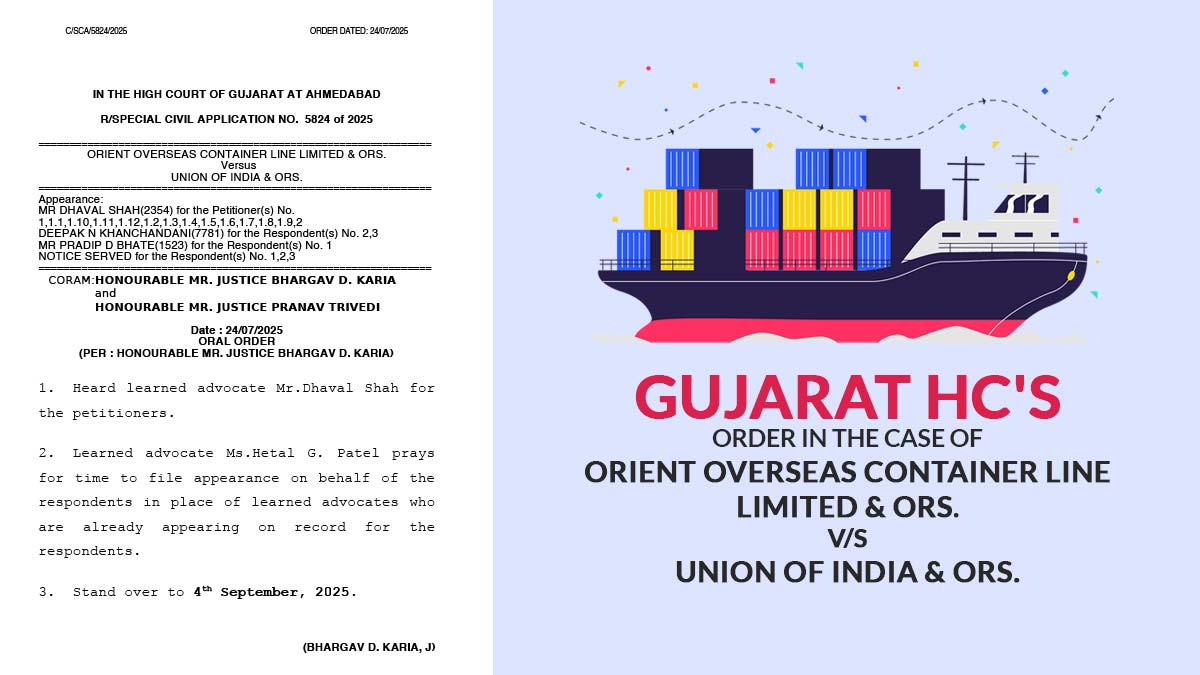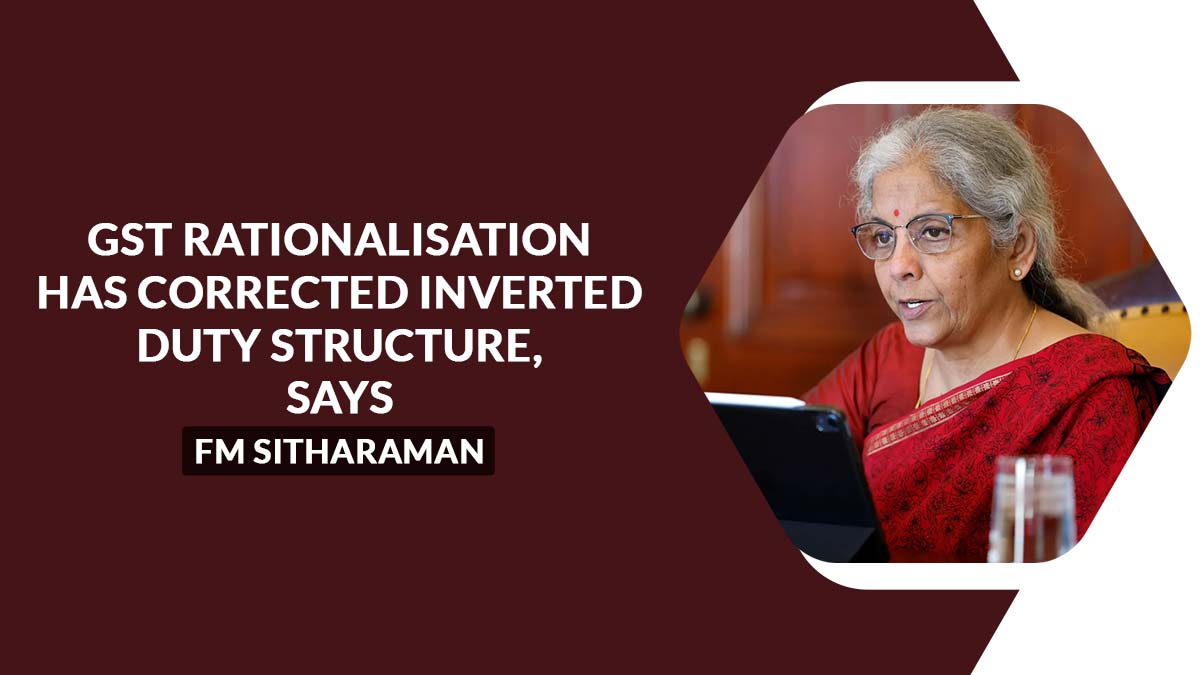The Cess may get increased on the cars by the GST Council to organize the resources for giving the subsidy to the EVs. This scheme is made to promote green energy sources and minimize the use of crude oil.
Beside the Cess of 15%, the government charges GST of 28%. The bigger cars like SUVs and midsize sedans have higher Cess which may be increased to 25%.
The government increased the GST on midsize cars by 2% in September 2017 after seeing that the entire tax was reduced after the introduction of Goods and Services Tax which went up to 45%. And also the GST was increased by 5% on the large cars due to which GST rate increased to 48%. The GST on SUV was increased by 7% taking the GST rate to 50%.
Read Also: Goods and Services Tax Impact on Buying and Selling Used Cars
An official said, “The cess can be raised on diesel and petrol cars for mobilising resources, which can be used for promotion of green vehicles”.
If the plan gets cleared then the subsidy given to fully EV and hybrid vehicles will be cut down under the FAME (faster adoption and manufacturing of electric and hybrid vehicle) plan. According to the FAME data, more than 260,000 vehicles were incentivized till date by the government while saving 37 million litres of crude oil. More than Rs 305 crore of subsidy has been given by the Central government.
On lower powered E- scooters the promotion of green vehicle by subsidies ranges from Rs 7,500 to Rs 61 lakh for hybrid buses and approx Rs 1 crore on fully electric buses. In the last two years, the sales of EVs has been increased on bigger government incentives but the producers are declining to launch cars and SUV powered E-motors because of the high starting cost of an.
Recommended: GST Impact on Automobile and Spare Parts Industry in India
An executive said “A little more incentive can further accelerate green vehicle sales. The move to raise cess on diesel and petrol cars would help the government generate more funds to support electric vehicle, which is in the early phase of growth,”


